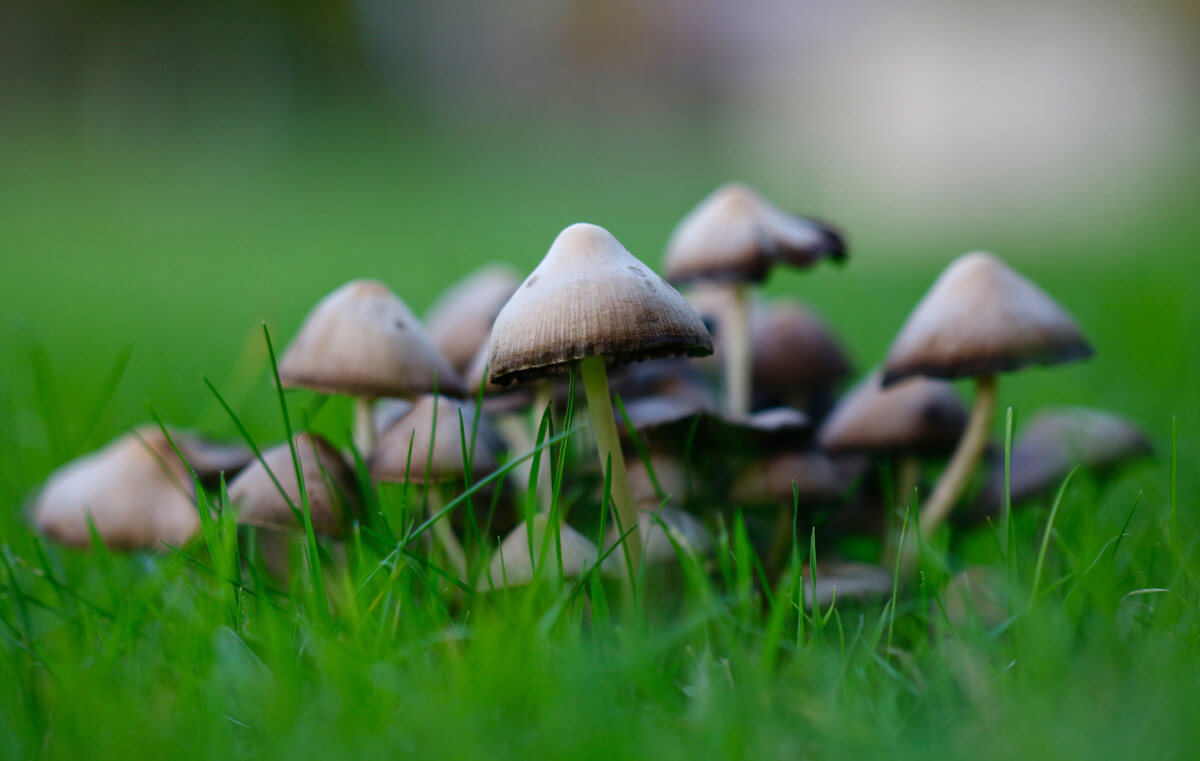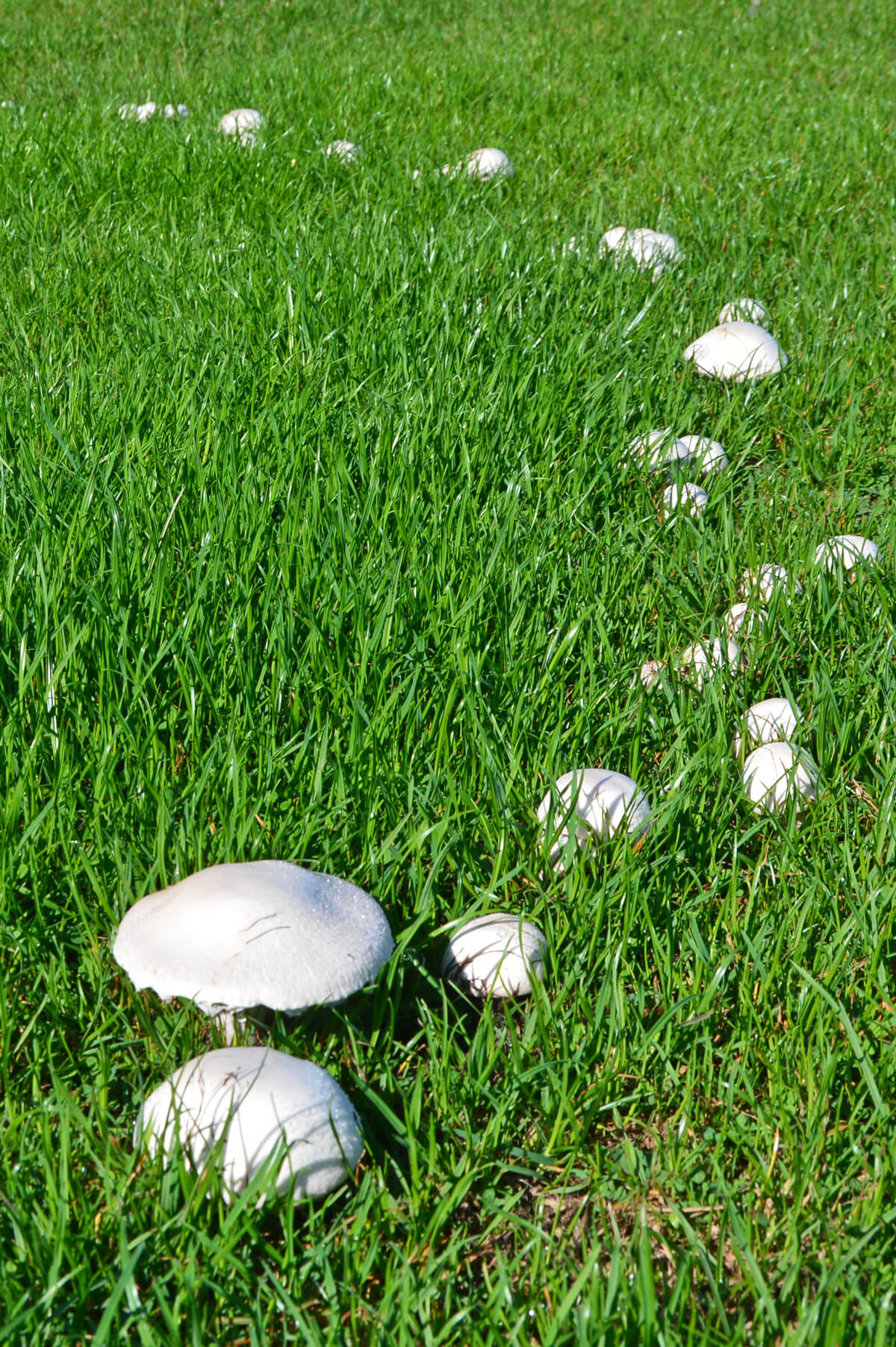What are fungi for?
Fungi are living things, they are neither plants nor animals but have a class all of their own. There are millions of different species of fungi in the world, including the microscopic ones that cause lawn diseases such as redthread and fusarium patch. Some fungi are easy to see, others are invisible to the naked eye. But just because you can’t see them, it doesn’t mean they’re not there.These amazing organisms have a big job to do in the world. They help to break down organic waste and turn it into plant food. In other words they are recyclers.Some fungi, known as, actually team up with plants. They attach themselves to the plants’ roots and physically feed the plant with the nutrients they have made. In return, the plant offers up some of the sugars it has made from sunshine. It’s an amazing partnership that benefits both the fungi and plant.Why have toadstools suddenly appeared? I’ve never seen them in my lawn before
The soil in your garden is teeming with fungi and their spores. You can’t see them, they don’t hurt you and most of the time the spores are dormant, just waiting until all the conditions are right for them to grow and produce the next generation of their species.
It’s not unusual to see toadstools in newly laid turf, especially in autumn time. Don’t worry, they’ll soon disappear.
If you have mushrooms or toadstools in your lawn, take it as a compliment. It means that the soil is nutritious and has a healthy ecosystem.The fungi you sometimes see in the lawn have larger fruiting bodies than their microscopic cousins. The spores (spores are the fungal equivalent to seeds) of these species tend to stay dormant in the soil until they have the correct temperature, amount of moisture and a suitable food source all at the same time. Most years, that time is autumn. This year (2018) it’s come a bit earlier.How the seasons affect lawn fungi
Nature never looks at the calendar. The weather this year has been odd to say the least. We had late frosts, then a very wet spring, followed by an incredibly hot dry summer. Seeds and spores tend to be triggered by weather patterns and some are uber-sensitive to them.Take primroses as an example. The little perennial plants flower in spring and drop their seeds in early summer. But the seeds don’t grow straight away. They sit in the soil until next spring so that they can germinate when there’s a good chance of the baby plants having enough water to get established. How do they know it’s spring? The seeds need to sit in frozen soil for a while and when the soil begins to warm up the germination process will switch on. (that’s why gardeners sometimes put seeds in the fridge for a few days before they sow them in the greenhouse)Fungal lawn diseases and wild mushrooms are at their most prolific in autumn. My guess is that the weather tells them when summer is coming to an end and it’s time to grow fruit and send out new spores.It’s not unusual for toadstools to appear in newly laid turf. That’s because the spores have been disturbed during the harvesting and transporting of the turf and they’re enjoying all the water you’re giving them.Are lawn mushrooms edible?

Fungi are mysterious lifeforms. Occasionally on a lawn they’ll form a circle, known as a fairy ring. It’s quite enchanting to see but one type of fairy ring (there are 3 types) can cause long term damage. If you see a circle or arc of fungi with dead looking grass between them, get professional help as soon as possible
During my training, I learned that there are around 400 different species of mushrooms and toadstools that grow in lawns. So far, the ones that have been tested haven’t been poisonous. BUT unless you are an expert in mushroom identification, it would be sensible to assume that the mushrooms in your lawn are NOT edible.If you have children or pets who are likely to eat the mushrooms or toadstools, then it’s a good idea to either pick the fungi and throw them away, or restrict access to the lawn. You will rest easier if you know they’re not being devoured.